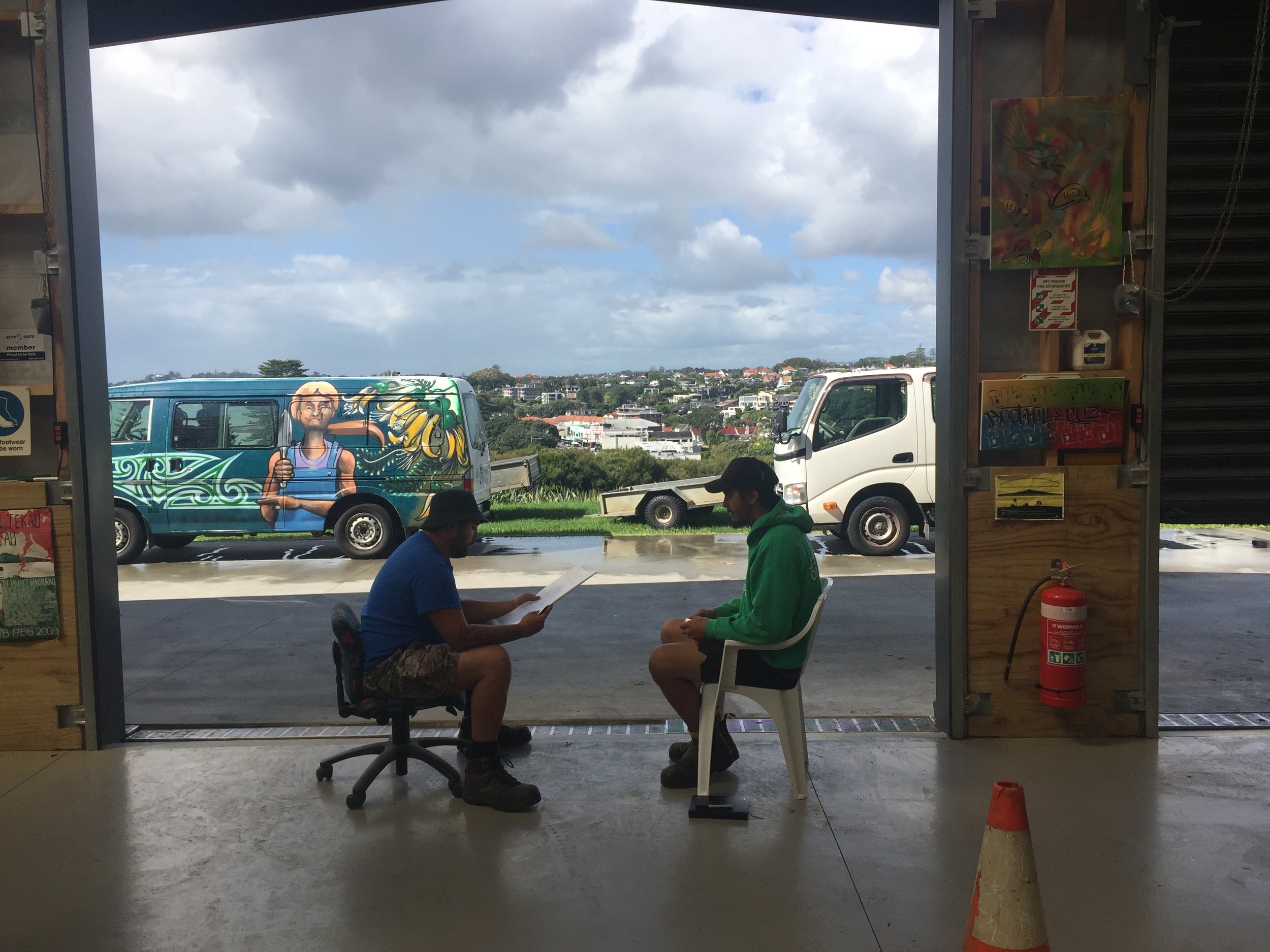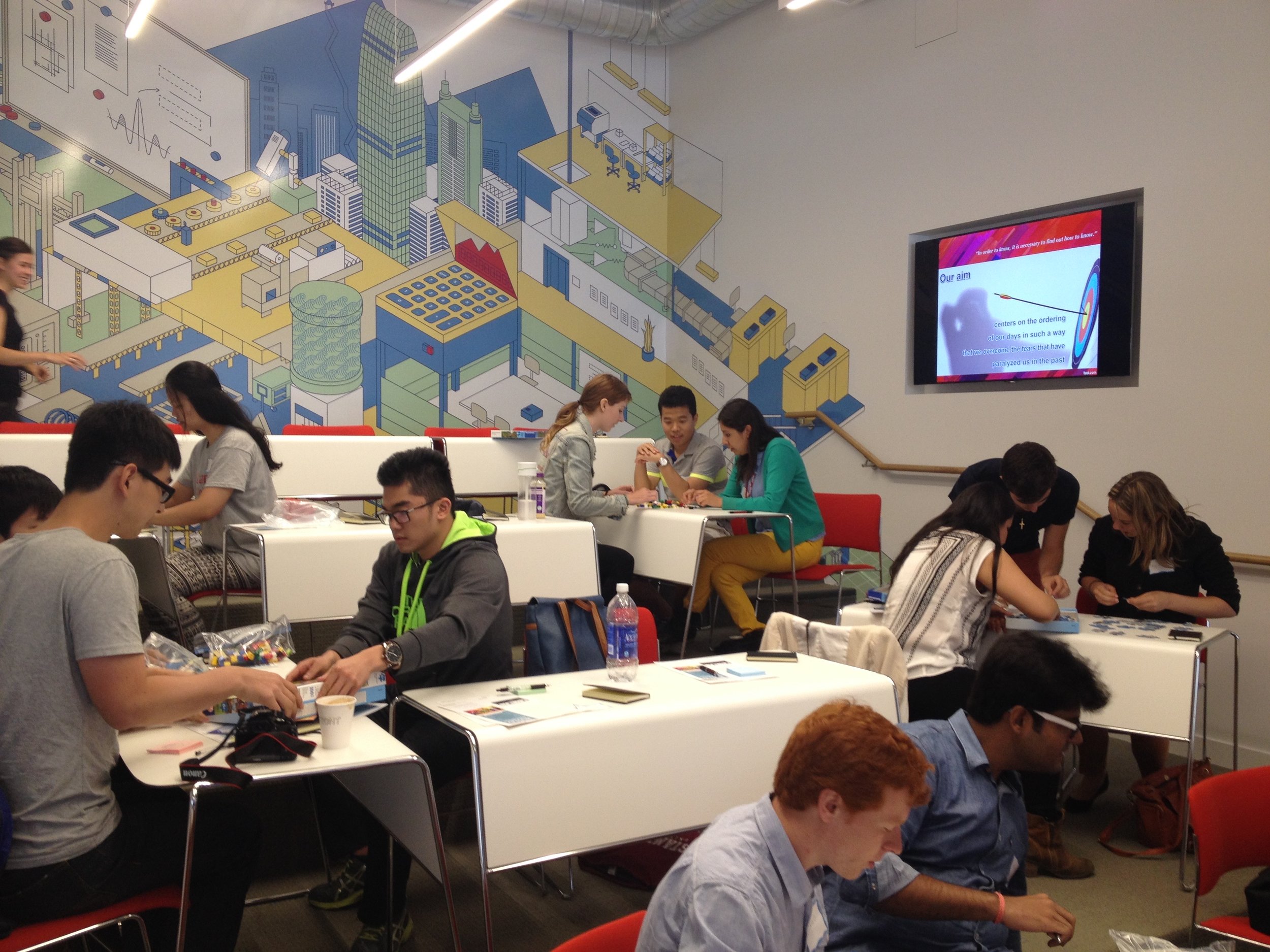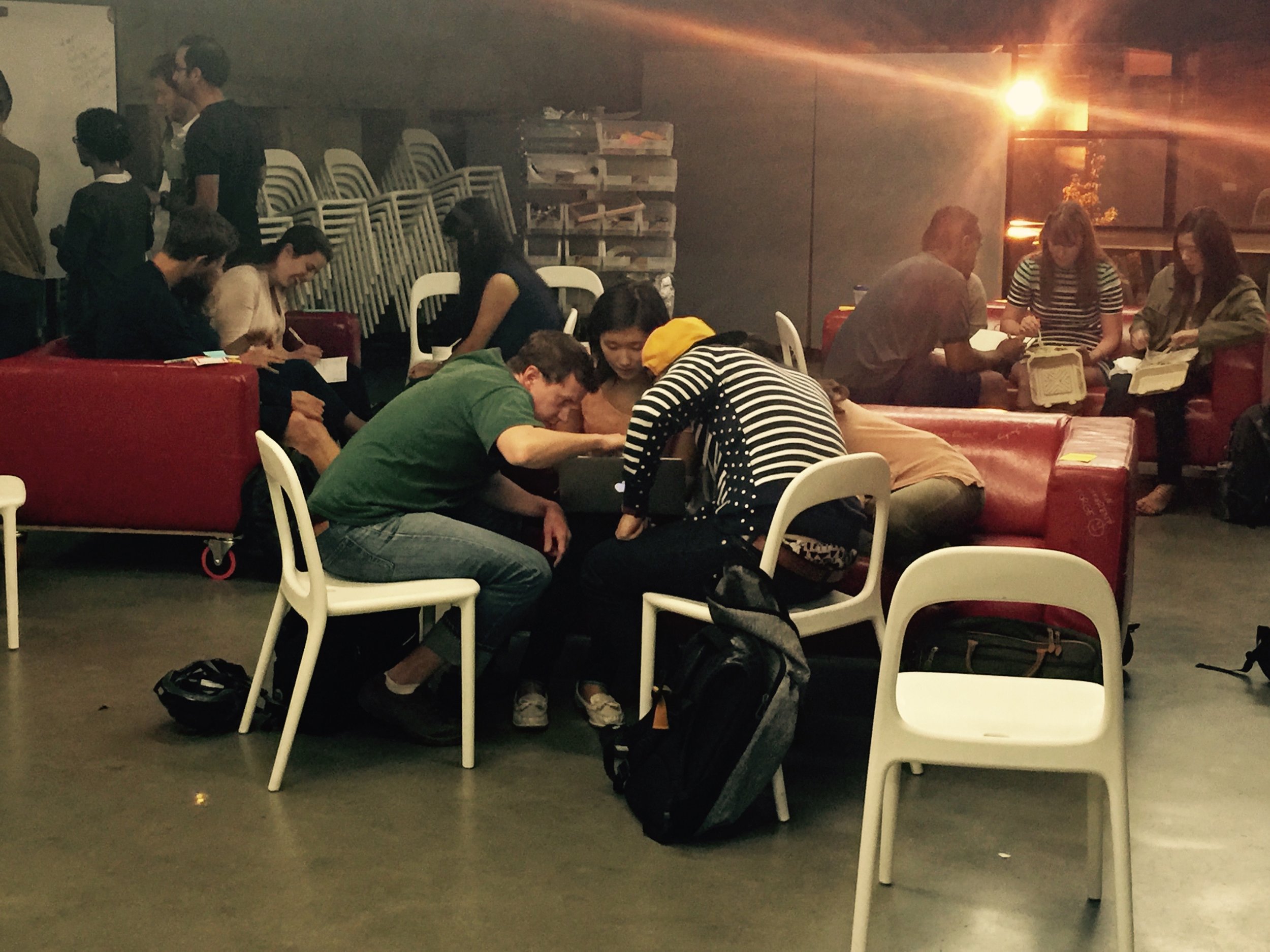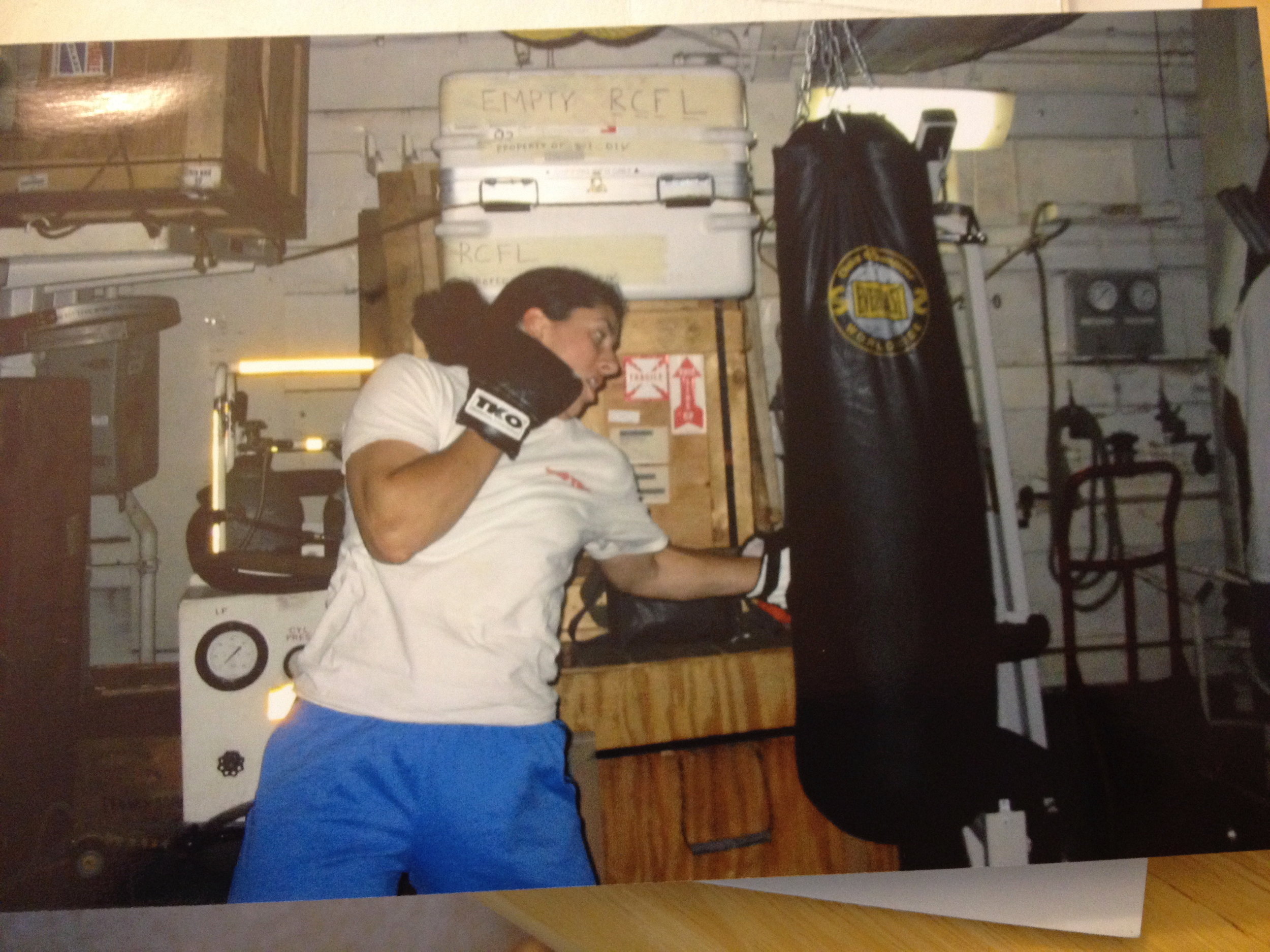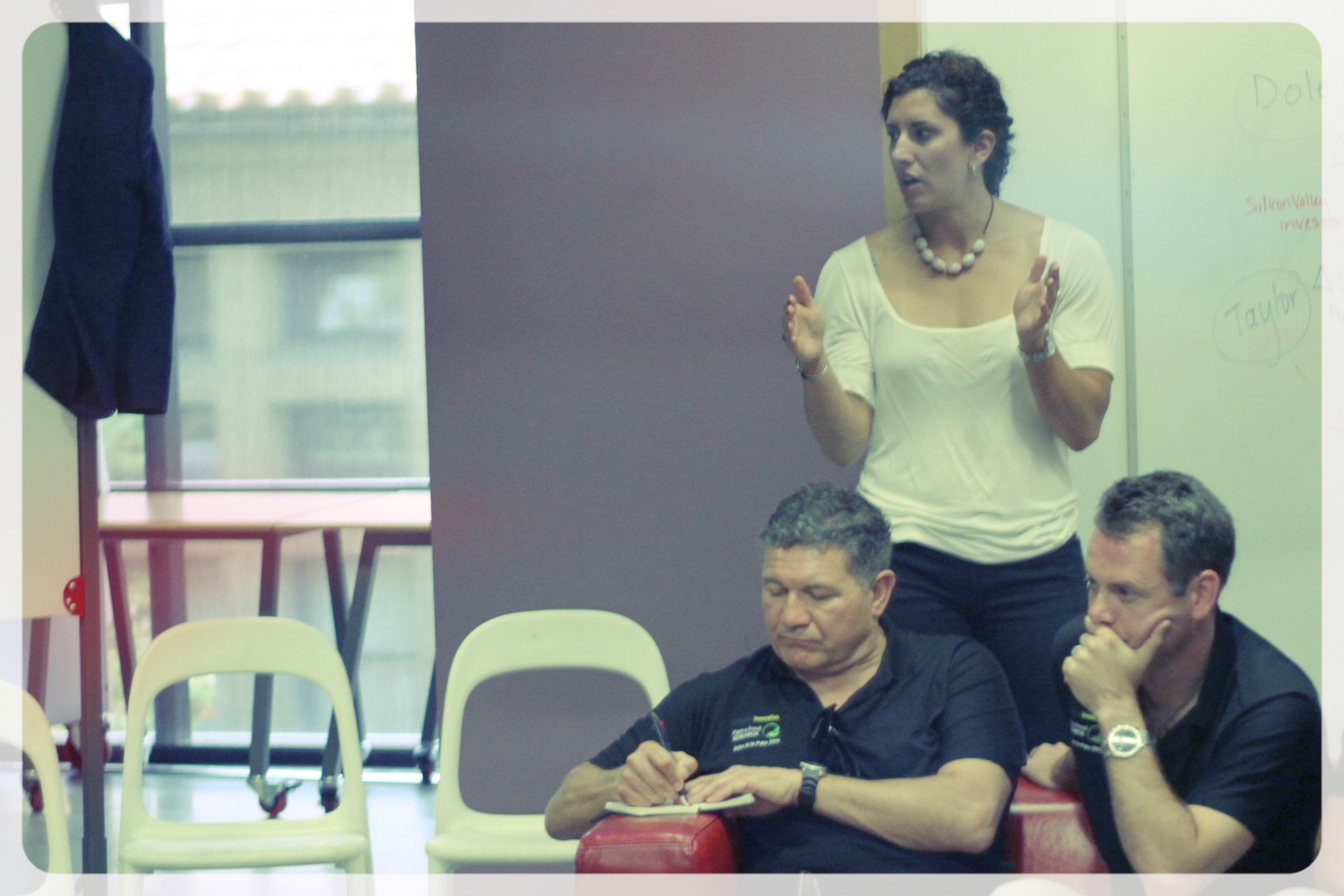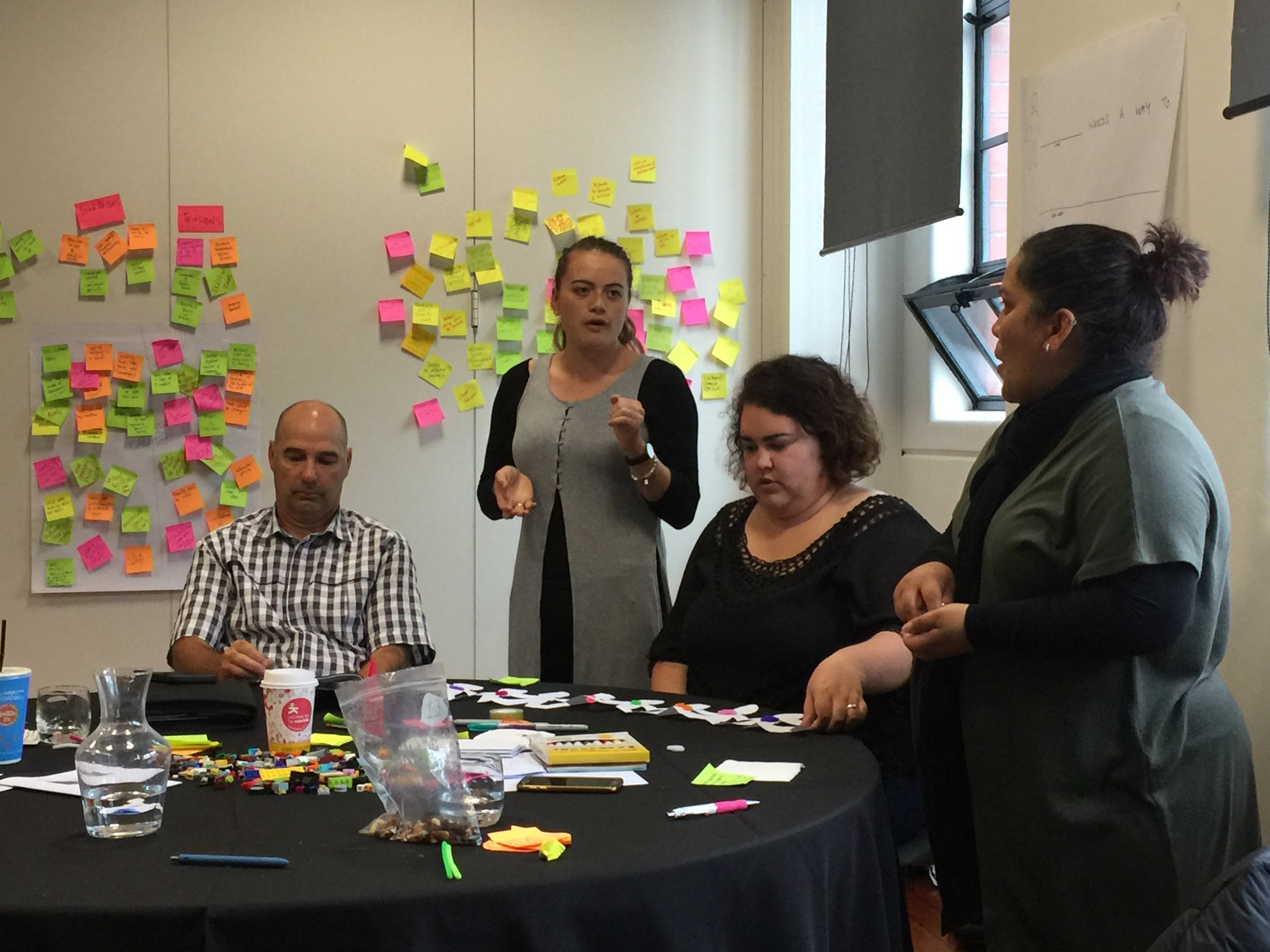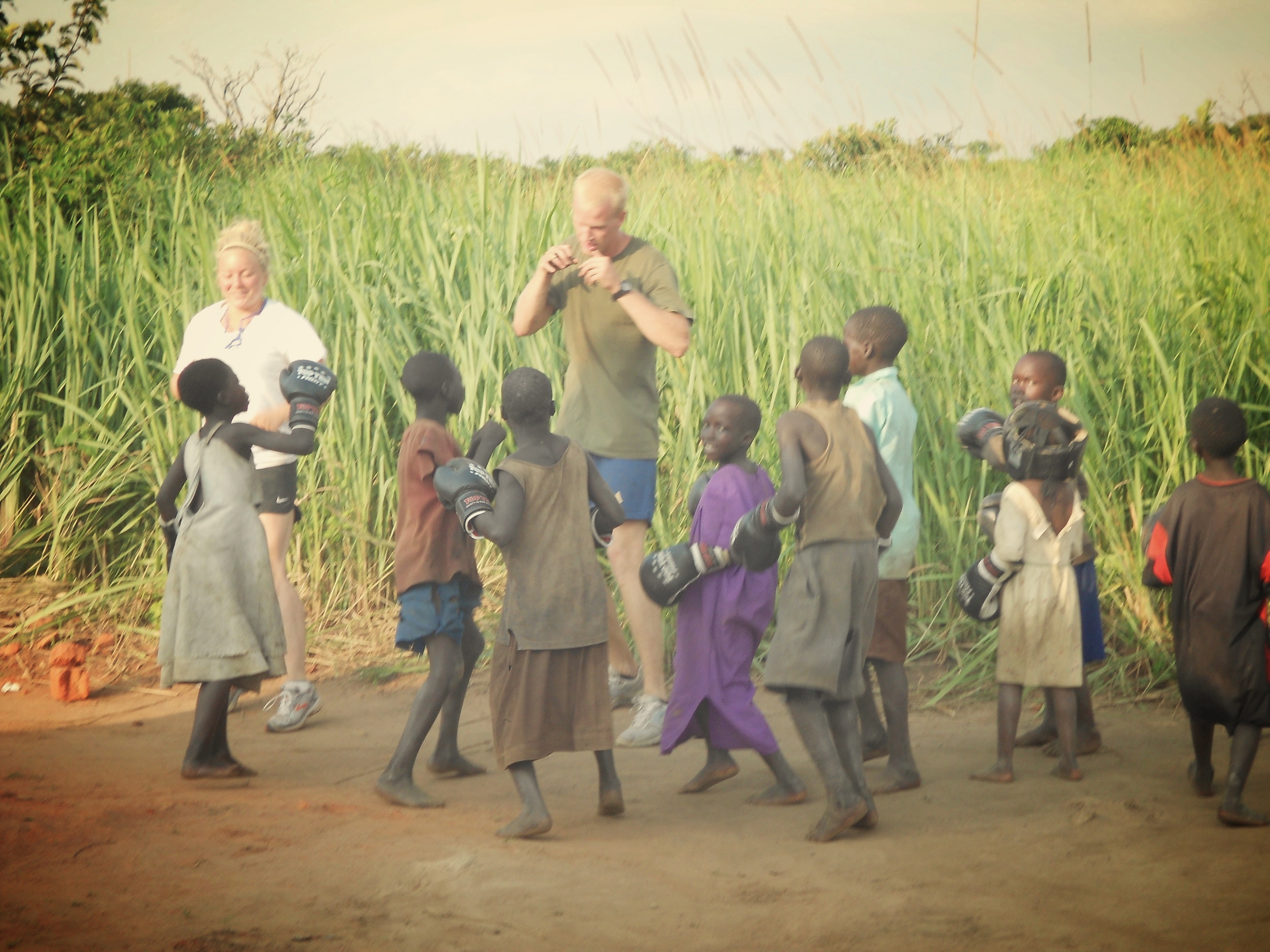Why We’re Motivated To Build Matri
Matri’s founding team met 10 years ago. Anne was working on strategy at a special operations unit while active duty Navy, and Dave was running a network of international and local humanitarian aid workers. From the perspective of very different organizations, they both had an intimate view of war - one of the most extreme settings of life and death decision making.
Even with some of the most brilliant minds working on counter-terrorism and the most advanced sensors to gather information, the military still had trouble making sense of these incredibly complex dynamics. We didn’t have the tools that could hold a representation of the full scope of what was happening on the ground.
Not having these tools reduced the quality of decision making - sometimes costing lives.
We needed the ability to map the full picture of every element in the terror network, their training camps, and historical pattern of attacks. We needed to see our own operations, the refugee camps, humanitarian aid activity, and local civilian communities and market places.
In order to make better decisions, we needed visualization software that could keep up with the amount of data we were gathering and the complexity of the systems we needed to understand and navigate.
Bill Gates wrote a famous internal memo to his company in 1995, about the importance of the internet to not just the future of their business, but how it would revolutionize the course of their industry for the years to come. He said,
“Now I assign the Internet the highest level of importance. The Internet is the most important single development to come along since the IBM PC was introduced in 1981. The PC analogy is apt for many reasons. The PC wasn't perfect. Aspects of the PC were arbitrary or even poor. However a phenomena grew up around the IBM PC that made it a key element of everything that would happen for the next 15 years.”
Over the next 15-20 years, my co-founder and I believe that leaps in the interfaces between our brains/ bodies and machines will be one of the handful of developments that lead to the most change in our individual and organizational lives. Today we recognize interfaces as laptop screens, or a mouse and keyboard. In the future it will be holograms, muscle sensors, video gesture recognition, and more we haven’t dreamed of yet. The Internet was/ is infrastructure, not an end product in itself. We want Matri to drive the research agenda and the standard for human machine interfaces, and we will lead the development of software and hardware products that redefine our human relationship to machines and the data language we use to communicate with them and measure our world.
As a way to hold ourselves accountable to our mission, we incorporated as a public benefit C corporation with the purpose to improve the judgment, and empower the decision making, of ethical leaders so that they and their organizations realize increased well-being, prosperity, and security by revolutionizing how humans perceive and express information with machines.
Team
Dr. Dave Warner, MD PhD
Dr. Warner holds an MD and a PhD in neuroscience. He has completed several research grants for DARPA, NSA, and NDU, among other DoD and IC agencies. His research focus for the past several decades has revolved around understanding the optimal perceptual state space parameters in which information can best be rendered. He has investigated human sensory physiology, specifically sensory transduction mechanisms, showing that there are designs in our nervous system optimized for feature extraction of spatially rendered data, temporally rendered data, and textures. For over a decade, he led medical and informational humanitarian aid projects in Afghanistan, including running a bar and guesthouse in Jalalabad
Outpacing Infectious Diseases
2009 Martha Raddatz interview with Dr. Dave Warner in Jalalabad
Anne Gibbon
Anne Gibbon is passionate about using data and design to open the possibility of a third path; choices that lead to both growth, and wellbeing for people and planet. Through her graduate research and tech startup she works to provide leaders, formal and self-designated, new ways of seeing their data and creative ways of interacting with their users. She is pursuing a PhD in indigenous studies, co-designing the data visualization and wellbeing research with Maori tribes.
Anne served in the military, starting at the Naval Academy where she set the 2000m erg record, and becoming the first woman at the school to box competitively. She later won the 2007 National Amateur Boxing Championship. Through 10 years of military service Anne moved between roles including navigator of a warship, admiral’s aide, and leadership instructor. Her last tour was at Naval Special Warfare Development Group, where she helped to found their internal think tank.
Since leaving the Navy she completed a fellowship at Stanford’s Design School and went on to consulting. Anne spent the last few years in New Zealand working with Maori tribes, co-designing innovation strategies with senior leaders and launching the Āmua Ao program to increase Maori student participation in STEM.
Speech (& boxing) at the Cusp Design Conference, October 2014
“You cannot dream yourself into a character; you must hammer and forge yourself into one.”




